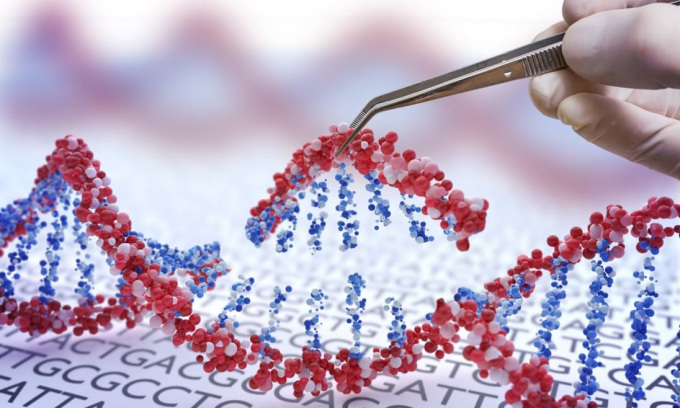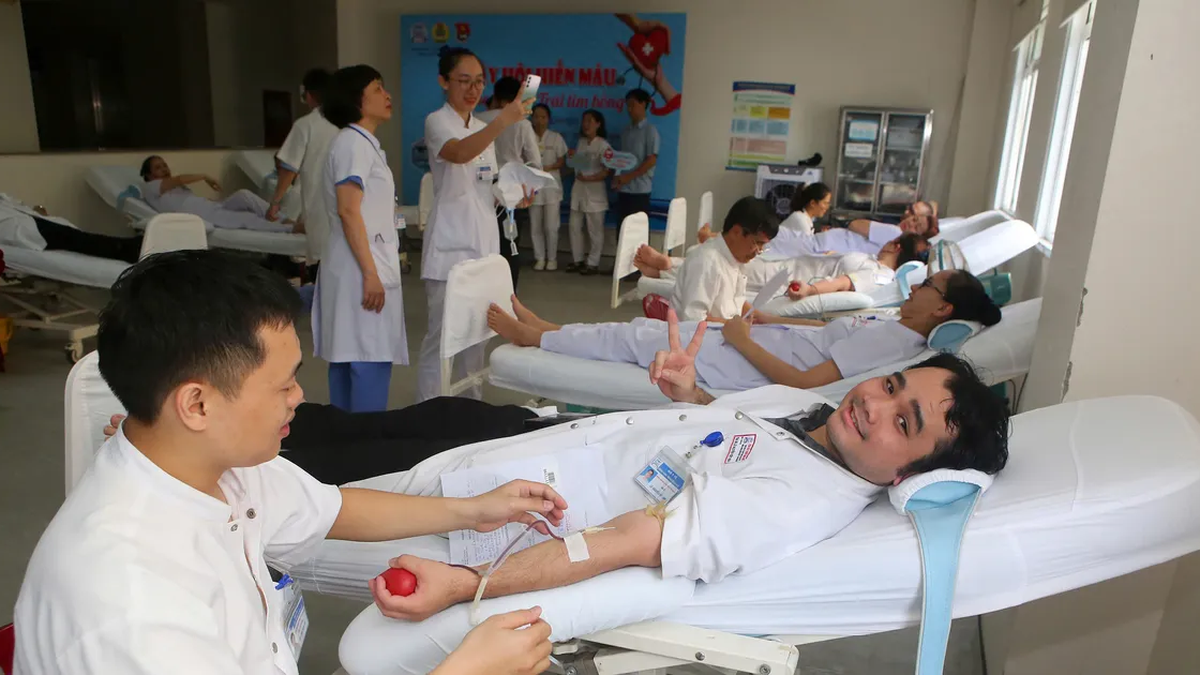Chinese researchers have developed a gene-editing tool that they say is precise, safe and has the potential to treat a number of genetic diseases.

The development of gene editing tools could help treat genetic diseases. Photo: Shutterstock/SCMP
Unlike the well-known gene-editing tool CRISPR-Cas9 (which acts like a “molecular scissor” that can cut two strands of DNA in the genome and rely on the cell’s own self-repair mechanism to repair it), the new tool, called a “base editor,” corrects certain locations in the genome without cutting the double helix, SCMP reported on May 31. The new study was published in the journal National Science Review .
The first base editor was developed by a team led by David Liu at Harvard University in 2016. The Chinese team used a different approach but was able to achieve similar results. They said the new research is important for the development of disease models in the fields of basic research and gene therapy.
Despite its advantages, CRISPR-Cas9 does have some drawbacks. It relies on the cell’s own repair mechanism to reconnect broken parts, which can lead to side effects such as chromosome rearrangements or large deletions of DNA, raising safety concerns.
Scientists have discovered a way to precisely correct errors in individual DNA letters, called bases, using a technique called base editing. There are four bases in DNA: adenine (A), cytosine (C), guanine (G), and thymine (T). They need to match in specific pairs: A with T, and C with G.
Using CRISPR scissors but disabling their ability to cut DNA, Liu's team attached a protein that can perform chemical reactions on DNA bases, allowing conversions, for example, from C to T or A to G.
In previous studies, deamination — removing an amino group from a molecule — was the first step in base modification. “People thought that deamination was the first step in base modification, but we broke the stereotype by finding that another enzyme — glycosylases — can also perform base modification,” said team member Yang Hui, an expert at the Center for Brain Science and Intelligence Technology at the Chinese Academy of Sciences.
Yang said that the previous method could not directly edit guanine (G), but the new method makes editing guanine (G) possible. "More than half of human genetic mutations are caused by single base mutations. Therefore, base editing can precisely correct these mutations," he added.
Thu Thao (According to SCMP )
Source link































![[Photo] National Assembly Chairman Tran Thanh Man visits Vietnamese Heroic Mother Ta Thi Tran](https://vphoto.vietnam.vn/thumb/1200x675/vietnam/resource/IMAGE/2025/7/20/765c0bd057dd44ad83ab89fe0255b783)


































































Comment (0)